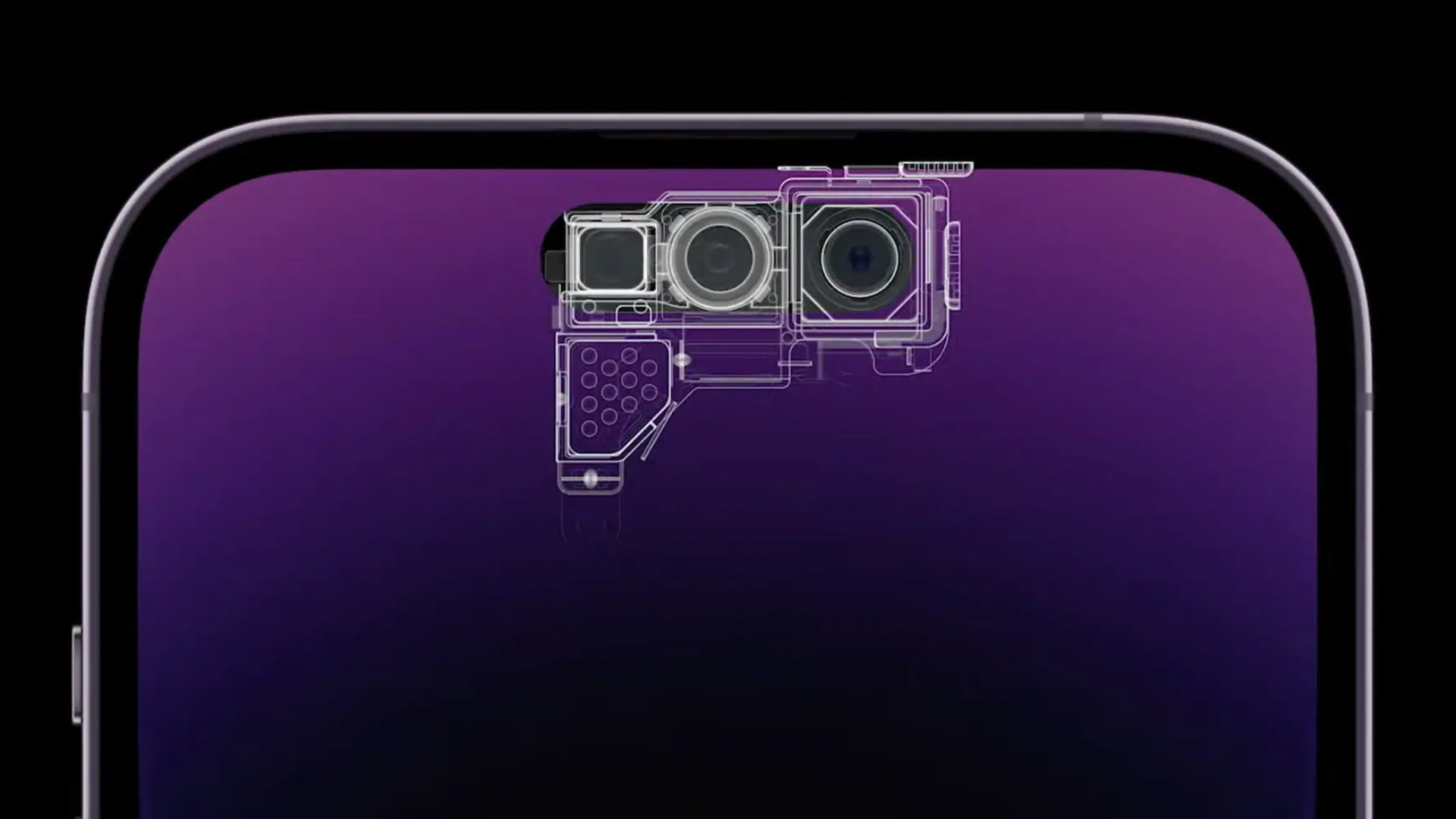Rumor: Apple shrinking Dynamic Island for iPhone 17 Pro Max with a new Face ID part

Apple could shrink the Dynamic Island area on the upcoming flagship iPhone 17 Pro Max model by adopting a new Face ID component.
The iPhone 17 lineup coming this fall is expected to feature the same Dynamic Island area as the iPhone 16 lineup with the exception of the flagship iPhone 17 Pro Max.
Weibo leaker Digital Chat Station reports that Apple’s engineers will create a narrower Dynamic Island by adopting the so-called “meta superstructure lens,” also known as “metalens.” It combines the separate infrared receiver and transmitter components into one part, saving space and enabling a narrower Dynamic Island.
iPhone 17 Pro Max could shrink the Dynamic Island area
Metalenses are flat lenses made from a metamaterial. Instead of using multiple traditional molded and curved lenses to bend light, a metalens takes advantage of tiny nanoscale structures etched on its surface, which can precisely focus light.
The metalens technology takes much less space than the traditional lens, making it ideally suited for smartphones and headsets. The leaker claims Apple will debut this technology starting with the flagship iPhone 17 Pro Max before it trickles down to the next iPad Pro and a rumored foldable iPad.
There have been conflicting reporting about the size of the Dynamic Island area on the iPhone 17 lineup. Apple analyst Ming-Chi Kuo, for example, said the iPhone 17 lineup will not bring a smaller Dynamic Island. However, analyst Jeff Pu claimed the size of the Dynamic Island area will shrink on the flagship iPhone 17 Pro Max, and he also expects Apple to adopt metalens for Face ID’s infrared receiver.
About the Face ID hardware
The iPhone 14 Pro debuted Dynamic Island as a replacement for the old notch, and it has since spread to all iPhone 15 and iPhone 16 models. Dynamic Island is a pill-shaped area at the top of the display. Unlike facial unlocking on Android handsets which uses the regular camera and can be easily spoofed with a photo, Face ID takes advantage of infrared light to accurately map the geometry of your face in 3D.
The Face ID hardware comprises components such as an infrared transmitter, an infrared receiver and an infrared camera. The components are housed within the pill-shaped Dynamic Island area, which also shows key iPhone alerts.
Source link: https://www.idownloadblog.com/2025/02/13/apple-iphone-17-dynamic-island-shrinking-rumor/



Leave a Reply